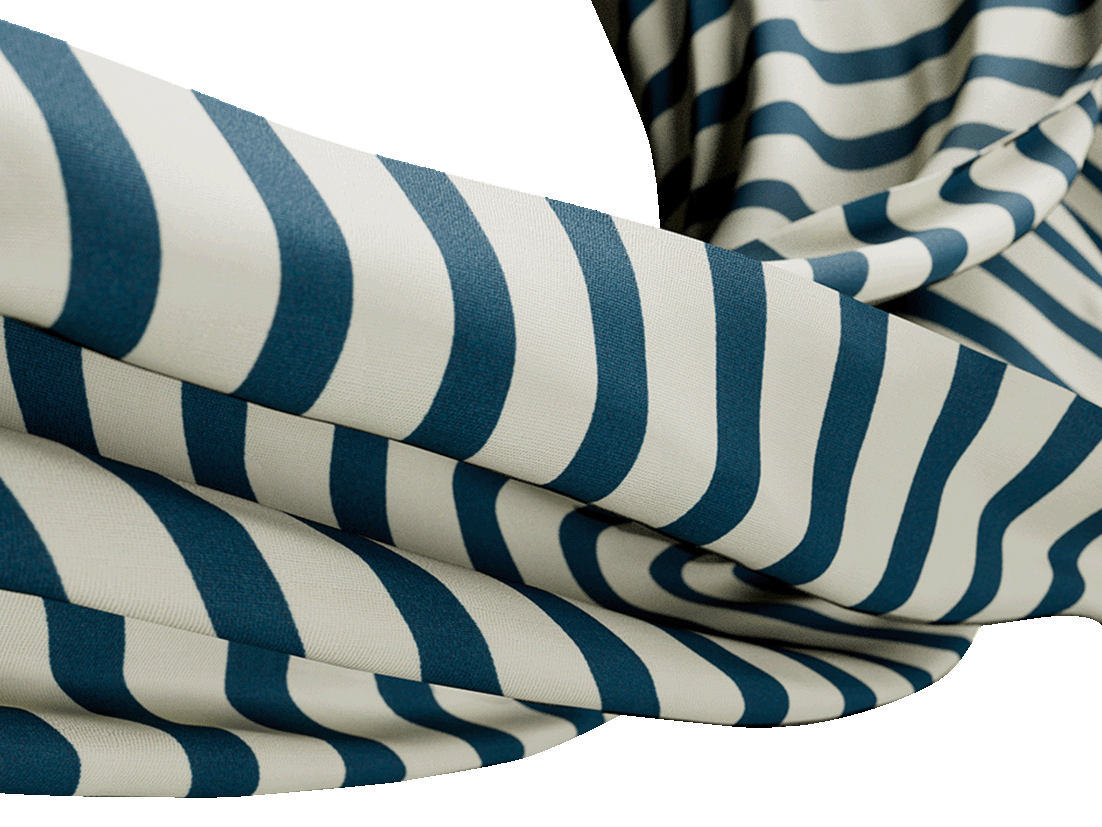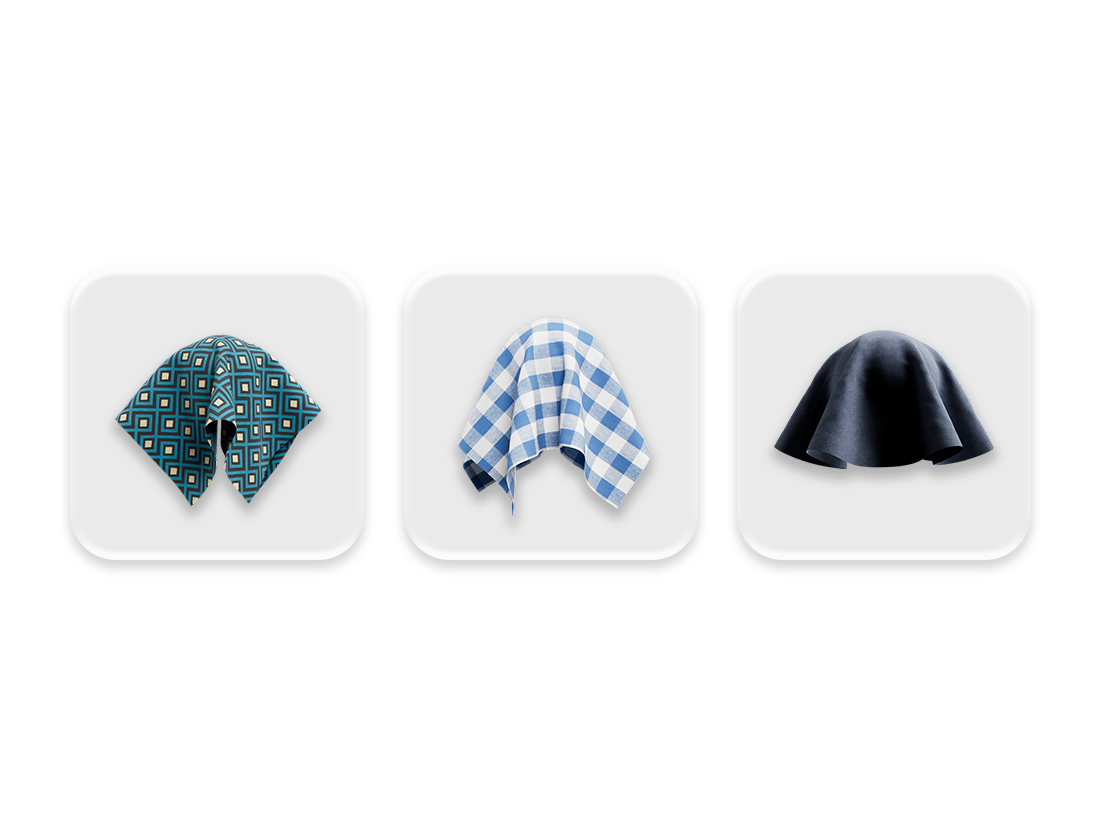The Disruption of Lab Services for Textile Digitization: Embracing Sustainable and Affordable AI-based Solutions
In an era where technological advancements are reshaping industries at an unprecedented pace, the textile industry is no exception. Traditionally, fabric digitization labs provided the necessary testing and scanning services for materials, but the high costs associated with specialized equipment and trained operators make it challenging for smaller businesses to access these services, and for larger companies to have full control over their digital assets.
The industry has been stuck in a loop—extended lead times and exorbitant expenses of physical sample shipping divert resources that can be better leveraged on the adoption of 3D technology and artificial intelligence. The emergence of AI-based solutions, such as SEDDI Textura, have revolutionized the industry by enabling apparel brands, manufacturers, and suppliers to digitize their own fabrics and collaborate from anywhere in the world in the cloud, eliminating the need for traditional lab services.
Obsolete Lab Services: Cost and Time Constraints
The traditional process of relying on lab services for textile digitization comes with several limitations. Labs require a significant investment in expensive equipment, software, maintenance contracts, and overhead costs. Consequently, the fees charged to customers reflect these expenses, with texture maps costing anywhere from $15 in China to over $100 in Europe, and fabric drape or physics data priced at $25 or more for each 3D CAD software application. Additionally, when factoring in the costs of sample cutting, packing, and shipping to labs, the overall expenses can be substantial—especially for a digital fabric that may never be used in production, but rather solely for design evaluation.
Moreover, the logistical challenges associated with lab services, including extended lead times for shipping and obtaining lab results, hinder the agility that 3D technology aims to provide. Brands that evaluate numerous fabrics each season find themselves grappling with financial costs and longer lead times, often resulting in missed opportunities and delayed product development. The outdated practice of producing and shipping physical samples not only proves wasteful and unsustainable, but also unnecessarily slow and expensive. Such hurdles pose significant obstacles when justifying investments in 3D technology.

Examples of SEDDI Textura generated drape across different fabrics in CLO
The Better Way: AI-based Digitization
Fortunately, a better solution has emerged, reshaping the landscape of textile digitization. Today, brands and textile suppliers can take matters into their own hands by investing in a good desktop scanner and enjoying the benefits of self-digitization. With the rapid advancements in AI technology, the quality of texture maps and physics data achieved through AI can often rival or even surpass that of lab equipment. SEDDI’s trusted Textura platform offers unlimited textile digitization capabilities, delivering results in industry-standard formats, and providing physics parameters compatible with various 3D CAD software applications—a boon for companies that adopt these advantages early.
Remarkably, the cost of using AI-based digitization is significantly lower and more flexible compared to traditional lab services. For instance, if a company digitizes 20 fabrics per month, the cost for texture maps and physics data amounts to less than $10. As the volume increases to 50 fabrics per month, the cost drops even further to a mere $3. This affordability, combined with the instantaneous delivery of texture maps and physics data in industry-standard formats, makes AI-based digitization an attractive proposition for textile suppliers.
Advancements in AI vs. Limitations of Lab Equipment
While it is true that some fabrics may still pose challenges for both AI and lab equipment, the gap is narrowing rapidly. AI technology continues to improve, with enhanced capabilities continuously deployed through the cloud. In contrast to artificial intelligence and cloud computing, lab equipment performance is often limited by the capabilities of the cameras until a costly upgrade becomes justifiable. This disparity further emphasizes the need to invest in sustainable, fast, and affordable AI-based digitization to support and scale 3D product development pipelines.
A New Era of Efficiency
The disruption of lab services for textile digitization is underway, driven by advancements in AI technology and the need for more accessible, cost-effective solutions. The era of relying on expensive lab services, with their accompanying time constraints and logistical challenges, is coming to an end. Textile brands and suppliers now have the opportunity to take control of their digitization processes, empowered by the remarkable capabilities of AI-based platforms like SEDDI Textura. By embracing sustainable, fast, and affordable AI-based digitization, businesses can unlock untapped potential in their 3D product development pipelines, changing the industry for the better, and propelling it into a new era of efficiency.



